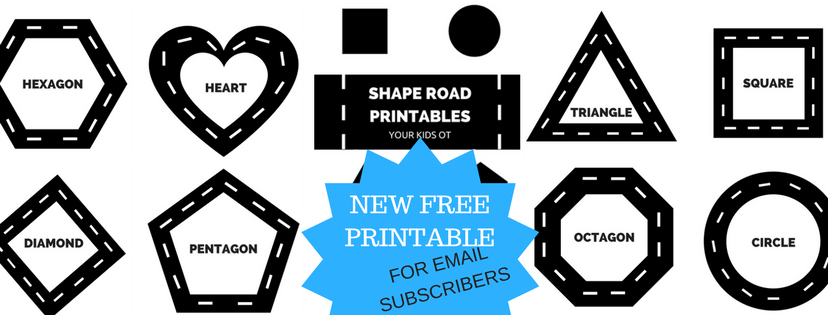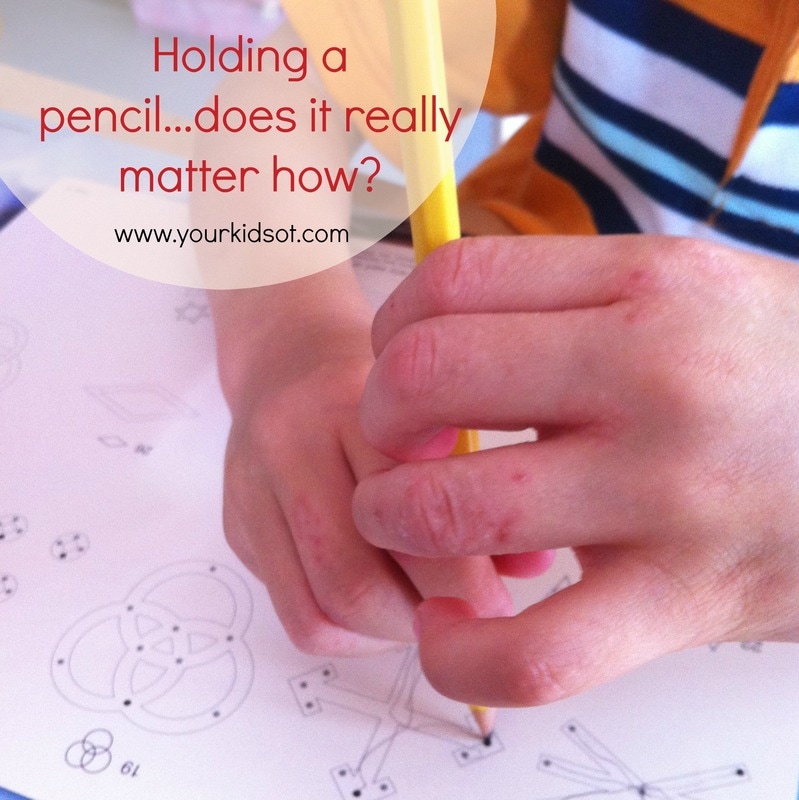|
Christmas is almost here! Whether you celebrate Christmas or not, I don't think you can help (at least in Sydney, Australia) sense the mood and frenzy associated with Christmas. The shops are buzzing, school children are beginning their holidays, roads are busier and perhaps a few tempers are rising. This can be a difficult time of the year for some families. There are expectations. There is grief. There is also sillines and craziness in hyperdrive for others. I've put together a few tips to help us all (regardless if you have a child with a disability) to survive this Christmas! 1. Realistic meal expectations. So much about celebrating Christmas is about the food. This is not helpful for picky eaters or those with dietary restrictions. Have realistic expectations about what your chid will or won't eat. Make sure that your child has access to "safe" food during Christmas. You could also introduce new foods before Christmas so that they may be willing to taste it. Christmas is not the time to work on increasing a restricted diet. 2. Communicate with extended family members. It can be difficult if there are family members whom you don't speak with often. Maybe you haven't told them that your child has special needs or is neurodiverse? Maybe you haven't had the need to mention anything and don't feel you have to. That's okay. However, if you are anticipating that a family member may make a comment or ask an uncomfortable question that may disrupt your Christmas celebration, perhaps a quiet word (or email) before hand to let them know you have things under control could be helpful. 3. Quiet spaces and places. Whether you are celebrating in your own home or elsewhere, create a quiet corner where your child (or you) can retreat to if things are becoming overwhelming. Maybe a quick walk outside into some fresh air and sitting on the front porch may a good spot. 4. Minimize suprises. Some children thrive on routines and knowing when this changes. You could talk through, or draw or print out photographs to represent different things that may happen. You could create a social story for Christmas Day so the sequence of activities or events are predictable. You could "introduce" extended family members online or via photographs before Christmas Day. 5.Maintain some routines. Keeping some regular routines can be helpful for children to have some control over their day. For example, If they always brush their teeth after dinner, then they could still do this with people visiting. 6. Have options for participating and sitting out of activities. "Compulsory fun" is never fun for everyone. We are looking forward to "family fun games" this year, however there is also anticipation that not everyone will want to participate. You could involve the spectators with signs for cheering a team. You could ask someone to be the score or time keeper. 7. Prepare for potential problems and have a plan if someone is not coping. It is impossible to predict all potential problems, however you are your child's expert. You know what has triggered them in the past and what (or who) may potentially trigger them on Christmas Day. Perhaps this means that you have seating plan so it is clear where everyone is sitting. Perhaps you could change the sequence of activities. You could plan a later arrival or an early departure. Most importantly is talking to your child before Christmas Day with a plan if something is not going well. 8. Include sensory accomodations and regulation. 9. Practice regulation strategies. Being aware of your child's sensory needs before Christmas Day will help to guide you before the day. Are they sensory seeking and need a lot of input before they meet the rest of the family? Are they avoiders and will they be reluctant to join the group? Is your child sensitive to sensory information from noise or lights? Use the regulation strategies that are helpful throughout the year in the context of Christmas. Practice strategies with your child when they are calm. Provide access to tools such as headphones, fidgets or weighted toys and let them know where they will be kept. More sensory strategies to come in this article. 10. Regular check-ins to see how everyone is doing. We all want to enjoy the celebration of Christmas. This can mean even in the busyness of preparing a meal or keeping relatives happy, that you check-in with your child (and yourself) to see how they are doing. Are they becoming excessively silly? Are they sad? Are they overwhelmed? Are they doing okay? By "checking-in" you are continuing to build the connection with your child that they often seek to feel safe and loved. The expectations at Christmas of an adult can be very different from the expectations of a child. The list above is just an example of the many things that are often our minds. We have tradition and high hopes wrapped up into one day. This compares to our children who are usually focused on just a few things. Realizing the gap in expectations can help us to have more empathy for our children! There is no doubt that Christmas brings sensory overload. The light displays on our neighbourhood streets seem to be growing. Music in shopping malls are festive. More events are happening in the community. Here is a list of sensory strategies that you may want to use over this Christmas period. Tactile and Propriocetive Stratgies: * rip up wrapping paper * scrunch and throw wrapping paper * squeeze a soft toy * pat a pet * provide comfortable clothing options (or pre-wash clothes so that they are "worn in" Vestibular Strategies: * jump on a trampoline * jog around a yard * dig up snow or sand (depending whether you are in the northern or southern hemishere) Visual strategies: * light a candle * draw or colour-in * make a craft Auditory strategies: * listen to calming music * wear headphones Oral Motor Strategies: * blow bubbles * drink water * drink hot chocolate (cocoa) * crunch on carrot sticks (like Rudolph) * provide safe food options * introduce new foods before Christmas Environmental Strategies: * create a quiet place * visit shops during quiet hours * provide boundaries for interactions with relatives * use a timer for time spent with people (vs alone) I'm hoping that your Christmases are not just about survival but you enjoy this celebration. Let me know if any of these tips help you through the Christmas period or what else you would add to this list. Christmas is my favourite time of the year and I am looking forward (with realistic expectations) to it! Thank you for your ongoing support of Your Kids OT! Did you know that Your Kids OT is turning 10 years old in January 2024. I hope you stick around to celebrate. Wishing you a fantastic Chrsitmas and a very Happy New Year!  Cindy is a registered occupational therapist practising in Sydney, Australia. She has two growing children who are a constant source of inspiration and learning. Cindy loves working creatively to help children to reach their potential, finding opportunities in everyday living and making learning fun. She is also addicted to making printables (even when they take a long time to complete). Cindy is the author of the Occupational Therapy blog Your Kids OT. Read more articles from Your Kids OT at https://www.yourkidsot.com/blog Cindy is a contributing author of the Functional Skills for Kids Therapy Team. They have together published THE HANDWRITING BOOK, THE SCISSORS SKILLS BOOK and THE TOILETING BOOK. The information on this site is general in nature. The activities are safe for most children, however, you should consult an Occupational Therapist or health professional to address specific movement, sensory or other medical conditions. Affiliate links are used throughout this website to promote recommended products. Your Kids OT receives a small commission if any purchases are made through these links. Please see my disclosure policy for more details. Amazon Store: https://www.amazon.com/shop/yourkidsot YKOT shop: https://www.yourkidsot.com/store/c1/Featured_Products.html Teachers Pay Teachers: https://www.teacherspayteachers.com/Store/Your-Kids-Ot You Tube Channel: https://www.youtube.com/channel/UCZUz_5nYEOCkj32DiOCQo4Q/featured Facebook: https://www.facebook.com/yourkidsot Instagram: https://www.instagram.com/yourkidsot/ Pinterest: https://www.pinterest.com.au/yourkidsot/
0 Comments
Christmas is a wonderful time of the year!
This year I have collated a collection of previous printables that I have released over the years together with some new colouring pages in one huge pack! There are over 35 pages of activities from visual motor, handwriting, colouring, craft and more! You can download this printable pack HERE.
I am always looking for simple achieveable activities to incorporate into OT sessions. With only a couple of weeks left, it is time to incorporate some festive cheer. This year we will be making some Christmas ornaments that are achievable for kids! Here are 5 variations.
1. Paper Circle Bauble * Cut out 6 circle shapes on festive paper. * Fold each circle in half. * Glue the half-circles together until you reach the last two half-circles. * Create a hanging ring with some pipe-cleaner, tinsel or wool. Place that between the last two half-circles and fix with sticky tape. * Glue the last two half-circles together. 2. Christmas Tree ornament with washi tape decoration. * Create a Christmas tree from a toilet paper roll. * Cut out green paper and glue this onto the tree shape toilet paper roll. * Decorate with washi tape. 3. Christmas Tree ornament with sticker decorations. * Create a Christmas tree from a toilet paper roll. * Cut out green paper and glue this onto the tree shape toilet paper roll. * Decorate with coloured stickers. 4. Styrofoam pipecleaner bauble. * Cut down pipe cleaners into small pieces. * Poke one end of the pipe cleaner into the top of the styrofoam ball and the other end into the base. * Repeat until you reach the desired look. 5. Styrofoam cellophane bauble. * Cut down cellophane paper into small pieces. * Glue on cellophane to the styrofoam ball. Hint: you may need to wash (or wet) your hands regularly as the cellophane will begin to stick to your fingers rather than the ball. Watch the video to see how each or these ornaments are made HERE.
Don't forget to download the huge FREE Christmas Printable Pack!
​
Cindy is a registered occupational therapist practising in Sydney, Australia. She has two growing children who are a constant source of inspiration and learning. Cindy loves working creatively to help children to reach their potential, finding opportunities in everyday living and making learning fun. She is also addicted to making printables (even when they take a long time to complete). Cindy is the author of the Occupational Therapy blog Your Kids OT. Read more articles from Your Kids OT at https://www.yourkidsot.com/blog
Cindy is a contributing author of the Functional Skills for Kids Therapy Team. They have together published THE HANDWRITING BOOK, THE SCISSORS SKILLS BOOK and THE TOILETING BOOK. ​The information on this site is general in nature. The activities are safe for most children, however, you should consult an Occupational Therapist or health professional to address specific movement, sensory or other medical conditions. Affiliate links are used throughout this website to promote recommended products. Your Kids OT receives a small commission if any purchases are made through these links. Please see my disclosure policy for more details. ​​​ Amazon Store: https://www.amazon.com/shop/yourkidsot YKOT shop: https://www.yourkidsot.com/store/c1/Featured_Products.html Teachers Pay Teachers: https://www.teacherspayteachers.com/Store/Your-Kids-Ot You Tube Channel: https://www.youtube.com/channel/UCZUz_5nYEOCkj32DiOCQo4Q/featured Facebook: https://www.facebook.com/yourkidsot Instagram: https://www.instagram.com/yourkidsot/ Pinterest: https://www.pinterest.com.au/yourkidsot/ ​
A quick trick for pencil grasp!
Create a "stabiliser" by using a felt strip. I use felt strips approximately 2.5 cm wide x 5 cm long (but the size doesn't really matter). Sew a button to one end of the felt strip and place a small slit at the other end. Place your pencil through the hole create in the felt. Ask your child to hold the button end of the felt strip so that it is hidden into the palm of their hand whilst holding the pencil with the thumb and index finger. Rest the third finger behind the pencil.
This felt strip helps to work on the "separation of the two sides of the hand". The fourth and fifth fingers holding the button are stabilising the hand so that the other fingers (thumb, index and third fingers) can move the pencil. A pencil grip can also support the fingers to hold the pencil.
For some children, the pencil grip and felt strip create a "superhero costume" for the pencil (a mask and cape). The pencil is then given super hero powers to help with writing on the line, staying in control of the pencil for formation, not rushing, remembering the size of letters ... or anything else you need help with! Watch me put this simple felt strip into action... HERE A side note that these felt strips have been used for buttoning practice! Create a chain of buttoned strips to form a daisy chain! 
​Cindy is a registered occupational therapist practising in Sydney, Australia. She has two growing children who are a constant source of inspiration and learning. Cindy loves working creatively to help children to reach their potential, finding opportunities in everyday living and making learning fun. She is also addicted to making printables (even when they take a long time to complete). Cindy is the author of the Occupational Therapy blog Your Kids OT. Read more articles from Your Kids OT at https://www.yourkidsot.com/blog
Cindy is a contributing author of the Functional Skills for Kids Therapy Team. They have together published THE HANDWRITING BOOK, THE SCISSORS SKILLS BOOK and THE TOILETING BOOK. ​The information on this site is general in nature. The activities are safe for most children, however, you should consult an Occupational Therapist or health professional to address specific movement, sensory or other medical conditions. Affiliate links are used throughout this website to promote recommended products. Your Kids OT receives a small commission if any purchases are made through these links. Please see my disclosure policy for more details. ​​​ Amazon Store: https://www.amazon.com/shop/yourkidsot YKOT shop: https://www.yourkidsot.com/store/c1/Featured_Products.html Teachers Pay Teachers: https://www.teacherspayteachers.com/Store/Your-Kids-Ot You Tube Channel: https://www.youtube.com/channel/UCZUz_5nYEOCkj32DiOCQo4Q/featured Facebook: https://www.facebook.com/yourkidsot Instagram: https://www.instagram.com/yourkidsot/ Pinterest: https://www.pinterest.com.au/yourkidsot/ ​ t seems like an old fashion idea now. Writing a letter. Mailing it. Receiving a letter. These days with emails and text messages, the need for "physical mail" seems unnecessary. ...and yet, the benefits of writing in this way as a form of communication are really wonderful! Did you ever have a penpal when you were a child? I remember writing to a girl in the UK and looking forward to a new letter in the mailbox. I remember receiving postcards and even a tea towel! About once a year, I introduce a penpal program amongst my OT children. I keep it just between the children I work with and match children from different schools of the same age and gender. I supervise the letter writing and deliver the letters. There is no pressure on parents to find envelopes and stamps. Why include a penpal program during occupational therapy sessions? Benefits of program. Social skills
I've learnt alot from conducting this annual penpal program. Here are my top tips! Before the program * Obtain parental consent - Inform parents about how the program will work including no need for mailing letters and no need for photographs or private information such as addresses or phone numbers (unless children really want to in which case they need consent). * Work on handwriting prior to starting the program. Ideally by the time you start the program, the child is working on maintenance of handwriting and not at the early stages of learning handwriting legibility. * Work on social skills prior to the program. This will be more important for some children than others and key for engagement and participation. * Build a child's self awareness. For example you could have your child complete an "all about me" page. This page could be sent, but I find it better to use this as a springboard for writing out sentences. * Prepare some question or topic cards to help with potential areas to write about. During the program * Provide suitable writing material and writing implements. * Discuss what is included in a letter - greeting, information about self, questions about others, comments about thoughts and feelings about different topics, making a connection with self, signing off. * Ask child to think about what they could write about during the week. * Variety is key! Keep a collection of content variations on hand (eg. include jokes, change the writing paper, write in a spiral, include a craft, draw a picture, make a "find-a-word", make a puzzle, include a favourite recipe.) When it ends * I will generally run the penpal program for a school term (approximately 10 weeks in Australia), however I leave it up to families if they want to continue contact or meet in person. Some of my current clients are enjoying the program this term so we may even continue! * Some children don't make a connection and that is fine too. * Some children will not be motivated with the handwriting aspect. The challenge may be too difficult or it doesn't engage their interest in making friends. NOTES: * I have found that children 8 years and older benefit most from this program. I have also done this with slightly younger children. When the child is younger (ie. 6- 7 years), we keep the letters brief, focusing more on a drawing or craft inclusion. * I tend to repeat a craft that I do with one child so that each child makes and receives the same craft. Sometimes I change it up so that it is not always the same child "starting" the craft, so that they are surprised by the letter content too! To help you get started with a penpal program, I've created a printable pack of some of the resources that I use. This printable pack includes: * Writing paper (letter writing pages fold to create an envelope) * All about me page * Topic cards * Printable craft and game templates * More craft ideas. This penpal printable pack is currently FREE for a limited time (Sept 25- Oct 25th 2023)! So it is a perfect time to give penpals a try in term 4 (Australians will understand this reference). Download your FREE copy of the Penpal Printable pack from the Your Kids OT shop! Keep an eye on your inbox over the next few weeks as I have more freebies and new products to tell you about!  Cindy is a registered occupational therapist practising in Sydney, Australia. She has two growing children who are a constant source of inspiration and learning. Cindy loves working creatively to help children to reach their potential, finding opportunities in everyday living and making learning fun. She is also addicted to making printables (even when they take a long time to complete). Cindy is the author of the Occupational Therapy blog Your Kids OT. Read more articles from Your Kids OT at https://www.yourkidsot.com/blog Cindy is a contributing author of the Functional Skills for Kids Therapy Team. They have together published THE HANDWRITING BOOK, THE SCISSORS SKILLS BOOK and THE TOILETING BOOK. The information on this site is general in nature. The activities are safe for most children, however, you should consult an Occupational Therapist or health professional to address specific movement, sensory or other medical conditions. Affiliate links are used throughout this website to promote recommended products. Your Kids OT receives a small commission if any purchases are made through these links. Please see my disclosure policy for more details. Amazon Store: https://www.amazon.com/shop/yourkidsot YKOT shop: https://www.yourkidsot.com/store/c1/Featured_Products.html Teachers Pay Teachers: https://www.teacherspayteachers.com/Store/Your-Kids-Ot You Tube Channel: https://www.youtube.com/channel/UCZUz_5nYEOCkj32DiOCQo4Q/featured Facebook: https://www.facebook.com/yourkidsot Instagram: https://www.instagram.com/yourkidsot/ Pinterest: https://www.pinterest.com.au/yourkidsot/ Sit up, don't slouch! Why are you lying on the floor? You don't need to hold up your head. Postural instability is a common reason we see children slouched, or propping themselves up or falling over. There may be other reasons too but today let's talk about postural stability... We talk about core muscle strength as being "the sturdy central link in the chain connecting your upper and lower body". Core muscles describe both the muscles which assist with stability as well as those which enable trunk movement. In order for our children (and us) to use our limbs (arms and legs) we also need those joints connecting to the trunk (ie. the shoulder for arms and the hips/pelvis for legs) to be strong. We need stability for mobility. We need to be able to use our arms and legs separately and together. Individually as well as cooperatively. This involves bilateral coordination as well as a established trunk rotation and crossing the midline A separation of the upper body from the lower body is needed too. We need to move and sustain our movements against gravity. In self care, our arms need to be raised so that we put on a jumper. Our legs need be raised individually to put on or take off pants. These actions work against gravity whilst keeping the body stable. Balance and coordination also come into play with postural stability. Mature balance and equilibrium responses also minimize the need for primitive reflexes. Controlled movements of our arms and legs then develop into controlled movements of our hands and feet. We then look at the stability and strength from our elbow and wrists for fine finger movements. We look at stability from the knees and ankles for our feet and toes. We also gradually reduce the base of the support (eg. legs wide apart to shoulder width apart). This helps a child to reduce the need for abduction and external rotation at the hips and shoulders. In turn, this helps with controlled movements. To SUM up... to achieve postural stability and strength, we need to be placing our body in different positions whilst we play or work! Yoga is highly valued for mindfulness as well as gentle stretching to work on stability and mobility. It is an excellent way to incorporate a change of body positions throughout the day. We can also intentionally try a variety of positions that can have therapeutic benefits! Here is a list below. Body Positions! When choosing a body position, also consider your placement of toys or activities. You may place toys or items on the floor, a low height table, a high table or on a vertical surface. Perhaps you have items placed on two different surfaces to allow for movement between boday positions. Also take caution that these positions are not recommended for babies under 12 months old. Older toddlers should also be supervised. These recommendations are for preschool and school aged children. Single leg or Tall Kneeling.
Adults have long used kneeling chairs to work with at a desk. Some find this position more comfortable than sitting or standing. Four Point Kneeling.
Long sitting.
Side sitting.
Squat to stand
Standing
Prone
You may have heard that children should avoid "W sitting"! This position is often used with very young children to gain a wide base of support. It is not problematic if they also move into other positions voluntarily. However, if the "W sitting" extends beyong toddler years, there can be associated difficulties. They continue to need this wide base of support to compensate for weakness in joints, mucles and bones. Read more about "W sitting" with this excellent infographic by North Shore Pediatric Therapy. How??
Which positions are you going to try today?  Cindy is a registered occupational therapist practising in Sydney, Australia. She has two growing children who are a constant source of inspiration and learning. Cindy loves working creatively to help children to reach their potential, finding opportunities in everyday living and making learning fun. She is also addicted to making printables (even when they take a long time to complete). Cindy is the author of the Occupational Therapy blog Your Kids OT. Read more articles from Your Kids OT at https://www.yourkidsot.com/blog Cindy is a contributing author of the Functional Skills for Kids Therapy Team. They have together published THE HANDWRITING BOOK, THE SCISSORS SKILLS BOOK and THE TOILETING BOOK. The information on this site is general in nature. The activities are safe for most children, however, you should consult an Occupational Therapist or health professional to address specific movement, sensory or other medical conditions. Affiliate links are used throughout this website to promote recommended products. Your Kids OT receives a small commission if any purchases are made through these links. Please see my disclosure policy for more details. Amazon Store: https://www.amazon.com/shop/yourkidsot YKOT shop: https://www.yourkidsot.com/store/c1/Featured_Products.html Teachers Pay Teachers: https://www.teacherspayteachers.com/Store/Your-Kids-Ot You Tube Channel: https://www.youtube.com/channel/UCZUz_5nYEOCkj32DiOCQo4Q/featured Facebook: https://www.facebook.com/yourkidsot Instagram: https://www.instagram.com/yourkidsot/ Pinterest: https://www.pinterest.com.au/yourkidsot/ The latest printable resource available from the Your Kids OT Shop! "Word Search Spot It" is a printable resource designed for children to develop early literacy skills, handwriting, spelling, visual perceptual skills and copying skills. This printable resource contains pages focusing on CVC words, general words, nouns, verbs, adjectives, adverbs and emotions. The words are situated within circles to help children to focus on a small area at a time when searching for a matching word. This promotes skills in switching and dividing attention whilst developing visual scanning and figure ground skills. This printable resource also contains word searches based on themes with matching pictures. A blank template page also enables the user to design words to suit the indivdiual child or a class. Words have Australian spelling. Watch a preview of this product on You-tube. Select a playback speed of 2X to watch it a little faster! Does pencil grasp matter? ! Well the short answer is yes. Yes it does matter. Occupational therapists have a role in identifying when it is important to address it! There has been a lot of talk recently, actually probably since 2012 when Schwellenus et al published their article in the Australian Occupational Therapy Journal (reference below). Their article report the four pencil grasps found to not affect legibility amongst their small sample. Changing pencil grasp has been seen as unnecessary and unneeded as long as function is obtained. If you are a long time follower, you will have read some my previous articles on grasp. I do agree that function is the aim of the game when it comes to writing. Pencil grasp is just one aspect that we consider. If you are new to Your Kids OT, you may want to head over to read here with reference to the above article for "Dynamic Pencil Grasp Why Do We teach it?". I discuss the Schwellenus article here as well as the question about when grasp has not yet been established. I also address "What if my child can't use a normal grasp? Should I change it?" taking into consideration when fatigue, pain, endurance and legibility are affected. Occupational therapists use their clinical reasoning all the time to work out what needs to change, what can remain the same, what skills can be taught or how to do we compensate? When we look at pencil grasp, there are lots of things to consider but one of the main things is actually "pencil control". Where is control of the pencil coming from? The shoulder? The elbow? The wrist? The fingers? What if the child looks like they are using one of the four pencil grasps that are seen as "efficient" but really they don't actually have a hold of the pencil? Pencil slips rather than a good pencil grip?! As a clinician and a blogger (and not a researcher), I can only share what I see in my own practice, my own experiences and how I make clinical decisions. I'm seeing an increasing number of children (of all ages) who allow the pencil to slip whilst they are using it. Their fingers touch the pencil but do they actually have a "grasp" or "hold" of it. Are they controlling the pencil or is the pencil controlling their movements? The pencil might slide so that the webspace of the hand closes up. The fingers might slide so that they end up very close to the nib of the pencil (or up too far away from the nib). The pencil may even slide so that it ends up pointing backwards rather than forwards. If we look closely are fingers touching fingers rather than the pencil? The affect of this, is loss of pencil control. Loss of pencil control can then lead to wobbly lines for some, poor legibility, fatigue or less writing than others of the same age. So what do we do about it? In these situations, a silicon pencil grip is very helpful! They allow the fingers to be positioned on the pencil for maximum support. Silicon pencil grips can relieve a child with fine motor skill difficulties to concentrate on the marks being made on the page (ie. drawing and writing). Many of the children (but not all) we see also struggle with the motor planning and thinking skills to make visual motor connections on the page. You can head over to this article "From Scribble to Drawing and Writing" if this is also a concern. At the same time, we continue to work on fine motor skills and hand strength (with lots of the activities that OTs are fabulous at incorporating into sessions). You can find browse a few ideas from the YKOT Fine Motor Page or Instagram Page. I've recently shared a few ideas to bring physical awareness to the important fingers needed or grasping in a video. My OT children have loved "pencil wars"! The "Losing Pencil Control Video" is also available on You tube HERE. Did you find this article helpful? Let me know if you have noticed an increase in "pencil slips" !  Cindy is a registered occupational therapist practising in Sydney, Australia. She has two growing children who are a constant source of inspiration and learning. Cindy loves working creatively to help children to reach their potential, finding opportunities in everyday living and making learning fun. She is also addicted to making printables (even when they take a long time to complete). Cindy is the author of the Occupational Therapy blog Your Kids OT. Read more articles from Your Kids OT at https://www.yourkidsot.com/blog Cindy is a contributing author of the Functional Skills for Kids Therapy Team. They have together published THE HANDWRITING BOOK, THE SCISSORS SKILLS BOOK and THE TOILETING BOOK. The information on this site is general in nature. The activities are safe for most children, however, you should consult an Occupational Therapist or health professional to address specific movement, sensory or other medical conditions. Affiliate links are used throughout this website to promote recommended products. Your Kids OT receives a small commission if any purchases are made through these links. Please see my disclosure policy for more details. Amazon Store: https://www.amazon.com/shop/yourkidsot YKOT shop: https://www.yourkidsot.com/store/c1/Featured_Products.html Teachers Pay Teachers: https://www.teacherspayteachers.com/Store/Your-Kids-Ot You Tube Channel: https://www.youtube.com/channel/UCZUz_5nYEOCkj32DiOCQo4Q/featured Facebook: https://www.facebook.com/yourkidsot Instagram: https://www.instagram.com/yourkidsot/ Pinterest: https://www.pinterest.com.au/yourkidsot/ Reference: Schwellnus, H., Carnahan, H., Kushki, A., Polatajko, H., Missiuna, C., & Chau, T. (2012). Effect of pencil grasp on the speed and legibility of handwriting after a 10-minute copy task in Grade 4 children. Australian Occupational Therapy Journal, 59(3), 180-187. http://dx.doi.org/10.1111/j.1440-1630.2012.01014.x To be honest... it scares me. The world is changing and artificial intelligence is here to stay. There has been so much talk about AI recently; taking over our society, doing our jobs, creating everything from recipes to songs…. I’ve been reflecting on the impact for OT. I have heard of AI being used by OTs with grammar checks, program development and report writing. As I said, it scares me. OT is a fundamentally “human” profession that is built on relationship and connection. It is a two way process of engagement, function and collaboration. There would be so much missed if Ai is substituted into our process. So here is my list of why AI will never replace OT… * Empathy * Critical Thinking * Therapeutic Use of Self * Kindness * Compassion * Flexibility * Client Centred * Emotional Intelligence * Creative ways to address goals * Good communicator * Ability to form real connections * Ability to help clients develop sense of self * Ability to motivate * Ability to pivot during therapy session * Ability to work in a team * Ability to build rapport * Ability to be culturally sensitive * Ability to adapt/stretch boundaries like time and place * Ability to think on the spot and make quick decisions * Ability to know when to be light-hearted and went to be serious From discussing this with others... I would also add lived experience, expert opinion, human warmth and the ability to build trust. What would you add to this list?  Cindy is a registered occupational therapist practising in Sydney, Australia. She has two growing children who are a constant source of inspiration and learning. Cindy loves working creatively to help children to reach their potential, finding opportunities in everyday living and making learning fun. She is also addicted to making printables (even when they take a long time to complete). Cindy is the author of the Occupational Therapy blog Your Kids OT. Read more articles from Your Kids OT at https://www.yourkidsot.com/blog Cindy is a contributing author of the Functional Skills for Kids Therapy Team. They have together published THE HANDWRITING BOOK, THE SCISSORS SKILLS BOOK and THE TOILETING BOOK. The information on this site is general in nature. The activities are safe for most children, however, you should consult an Occupational Therapist or health professional to address specific movement, sensory or other medical conditions. Affiliate links are used throughout this website to promote recommended products. Your Kids OT receives a small commission if any purchases are made through these links. Please see my disclosure policy for more details. Amazon Store: https://www.amazon.com/shop/yourkidsot YKOT shop: https://www.yourkidsot.com/store/c1/Featured_Products.html Teachers Pay Teachers: https://www.teacherspayteachers.com/Store/Your-Kids-Ot You Tube Channel: https://www.youtube.com/channel/UCZUz_5nYEOCkj32DiOCQo4Q/featured Facebook: https://www.facebook.com/yourkidsot Instagram: https://www.instagram.com/yourkidsot/ Pinterest: https://www.pinterest.com.au/yourkidsot/ Have you ever thought about how much help you are providing your child? Do you feel like you are always repeating yourself? Does your child have difficulty learning new skills? The prompt hierarchy is something that OTs (and other therapists) use to consider the level of support a child needs. Sometimes we prompt from most to least. At other times we will prompt from least to most. More on that later in the article. Prompts and cues are provided for additional support during learning of tasks to develop and acquire skills. Prompts and cues can assist with preventing mistakes, improving performance, reducing frustation, maximising learning potential, motor planning, reinforcing sequencing of steps and aiding memory. Prompts can assist with kinesthetic learning through movement and muscle memory for long term independence. A combination of prompts can provide a multi-sensory approach where movement, visual and verbal cues are provided simultaneously. So what types of prompts are there? PHYSICAL ASSISTANCE - The adult provides physical help by holding the child and guiding movement. Example 1: The adult's provides "hand over hand" assistance by holding the child's hand to move a pencil to form a letter. Example 2: The adult holds the child's waist and lifts them up to facilitate jumping. Example 3: The adult holds down the child's forearm on the table during a writing activity. PARTIAL ASSISTANCE - The adult provides partial physical assistance by using their body (usually hands) to direct movement. Example 1: The adult uses their finger on the page to provide a physical barrier to direct the size of letters formed. Example 2: The adult positions hand for child to place foot on top (of adult's hand) to encourage balance on one leg. Example 3: The adult taps the child's wrist as a reminder to place it on the table. MODELLING - The adult demonstrates an action to complete a task (or part of a task). The child imitates the adult's action. Example 1: The adult draws the letter "a" and the child then draws the letter "a". Example 2: The adult demonstrates jumping over a beam and the child jumps over the beam. Example 3: The adult places wrist and forearm on table whilst writing. The child places wrist and forearm on table during writing. VISUAL AID - Pictures, photograhs, checklists, symbols, social stories, signs and written instructions can provide visual prompting to assist a child with learning and achieving independence. EXAMPLE 1: A printed alphabet visual aid is provided on a student's desk for the child to reference when writing. EXAMPLE 2: An obstacle course contains pictures along the way to provide a visual prompt for what to do at each station. EXAMPLE 3: A social story provides a suggested way to learn a toileting routine. VERBAL - Verbal instructions are provided to the child before or during a task. This may be directive or questioning. EXAMPLE 1: "What hand do you use to hold the pencil?" EXAMPLE 2: "Jump with your feet slightly apart." EXAMPLE 3: "Draw a straight line down, up and around." GESTURE - A small movement to signal an action. These gestures may need to be explained if the child is unable to intrepret the meaning independently. EXAMPLE 1: Hand held up represents "stop". EXAMPLE 2: Finger held to closed lips represents "no talking". EXAMPLE 3: Both palms raised upwards represents "stand up". NATURAL CUES - Natural cues occur without additional information from an adult. EXAMPLE 1: The children sitting on the floor facing the teacher indicates that it is time to sit on the floor and look at the teacher. EXAMPLE 2: The bell ringing for at the end of recess indicates time to line up. EXAMPLE 3: Tightness in the bladder indicates the need to go to the toilet. MOST TO LEAST HIERARCHY
LEAST TO MOST HIERARCHY
The level of prompting provided may be determinded by the general approach to skill acquisition. Is the approach directive, investigative, exploratory, reflective or goal directed? Some children will always require additional prompts due to a cognitive, developmental or physical delay. Some children may require a task modification and/or environmental modification. This level of independence with the most suitable level of support should be celebrated as functional. For those of you who are occupational therapists (or other therapists) you may be interested in this resource that I've designed with the prompt hierarchy in mind. The "PROMPT HIERARCHY GOAL AND RECORD SHEETS" may be used as part of an asssesment, to record progress or the use of prompts. The "PROMPT HIERARCHY GOAL AND RECORD SHEETS" include:
These unique pages will assist with report writing! Have you considered how much support your child needs? How much help? How much can they do independently? You can also read more on the JUST RIGHT CHALLENGE where I explain how the child, activity and environment are a balancing act! Until next time,  Cindy is a registered occupational therapist practising in Sydney, Australia. She has two growing children who are a constant source of inspiration and learning. Cindy loves working creatively to help children to reach their potential, finding opportunities in everyday living and making learning fun. She is also addicted to making printables (even when they take a long time to complete). Cindy is the author of the Occupational Therapy blog Your Kids OT. Read more articles from Your Kids OT at https://www.yourkidsot.com/blog Cindy is a contributing author of the Functional Skills for Kids Therapy Team. They have together published THE HANDWRITING BOOK, THE SCISSORS SKILLS BOOK and THE TOILETING BOOK. The information on this site is general in nature. The activities are safe for most children, however, you should consult an Occupational Therapist or health professional to address specific movement, sensory or other medical conditions. Affiliate links are used throughout this website to promote recommended products. Your Kids OT receives a small commission if any purchases are made through these links. Please see my disclosure policy for more details. Amazon Store: https://www.amazon.com/shop/yourkidsot YKOT shop: https://www.yourkidsot.com/store/c1/Featured_Products.html Teachers Pay Teachers: https://www.teacherspayteachers.com/Store/Your-Kids-Ot You Tube Channel: https://www.youtube.com/channel/UCZUz_5nYEOCkj32DiOCQo4Q/featured Facebook: https://www.facebook.com/yourkidsot Instagram: https://www.instagram.com/yourkidsot/ Pinterest: https://www.pinterest.com.au/yourkidsot/ As OTs we are often promoting activities that encourage weight bearing on the hands. This means that weight is transferred from the rest of the body and the child supports their own weight through their upper bodies (shoulders, elbows, wrists and hands). There are wonderful benefits to weight bearing on the hands including increasing proprioceptive and vestibular input (the last few blogs have focused on this) and building upper body strength (shoulder, elbow, wrist and hands). But what does this look like? What are we aiming for? Can we be doing it wrong? Can you spot the differences in the photographs above? 1. Arms extended, hands forward, wrists extended, palms flat. (Top left photograph) This is a great way to build strength and provide sensory input through yoga poses, animal walks, prone activities, crawling, etc. This is what we are aiming for when we are encouraging weight bearing. 2. Arms extended, supination of forearm leading to external rotation of wrists, fingers pointing away from midline. (Top right photograph) Things to check: ability to support forearm and wrist on table during writing, extension of wrist for writing, wrist stability. Some children will rotate their forearms to use their shoulder and/or elbow muscles for stability. This is often a way to compensate for weak wrist muscles. However, suspending one's whole arm can become tiring and also means that only big movements are possible. Finer more controlled movements of the hand (fine motor skills) are best achieved with the dynamic movement of the hand and finger muscles. 3. Arms extended, wrists extended, fingers curled at DIP joints. (Bottom left photograph) Things to check: tactile defensiveness, low tone, shortening/tight finger extensors, retained reflexes (palmar, STNR), wrist strength and stability, development of palmar arches. This is not a fully fisted hand. Rather the fingers are curled over at the Distal Interphalangeal Joint of the fingers (the joint closest to the palm). In my practice as an OT, I'm observing an increasing number of children with this presentation. Some say that it is due to less active children with less exposure to gross motor movements. Some say that retained primitive reflexes need to be addressed as they have not been integrated. Some say that it is an over use of devices that leads to shortening and tightening of the finger muscles. We need to remember that in all movements, children are seeking stability. They do things automatically to protect themselves and to be comfortable. 4. Arms extended, wrists extended, fingers and palms slightly arched. This could be normal protective reflex patterns. This could also reflect strong palmar arches needed for fine motor skills. If so, no change needed. Also check: tactile defensiveness, wrist strength, elbow strength or collapses. Recommended: ✅Try hand stretches such as pushing both hands together (fingers, palms and wrists touching) or pushing against a wall. ✅Try weight bearing activities through hands on different surfaces and predictable movements for your child. ✅Try moving from commando crawling to four point crawling to static weight bearing (eg. Yoga pose - downward dog). So when you ask your child to do animal walks, push along a scooter board, do a yoga pose.. watch what is happening with their hands, wrists and forearms!  Cindy is a registered occupational therapist practising in Sydney, Australia. She has two growing children who are a constant source of inspiration and learning. Cindy loves working creatively to help children to reach their potential, finding opportunities in everyday living and making learning fun. She is also addicted to making printables (even when they take a long time to complete). Cindy is the author of the Occupational Therapy blog Your Kids OT. Read more articles from Your Kids OT at https://www.yourkidsot.com/blog Cindy is a contributing author of the Functional Skills for Kids Therapy Team. They have together published THE HANDWRITING BOOK, THE SCISSORS SKILLS BOOK and THE TOILETING BOOK. The information on this site is general in nature. The activities are safe for most children, however, you should consult an Occupational Therapist or health professional to address specific movement, sensory or other medical conditions. Affiliate links are used throughout this website to promote recommended products. Your Kids OT receives a small commission if any purchases are made through these links. Please see my disclosure policy for more details. Amazon Store: https://www.amazon.com/shop/yourkidsot YKOT shop: https://www.yourkidsot.com/store/c1/Featured_Products.html Teachers Pay Teachers: https://www.teacherspayteachers.com/Store/Your-Kids-Ot You Tube Channel: https://www.youtube.com/channel/UCZUz_5nYEOCkj32DiOCQo4Q/featured Facebook: https://www.facebook.com/yourkidsot Instagram: https://www.instagram.com/yourkidsot/ Pinterest: https://www.pinterest.com.au/yourkidsot/ |
AuthorHi, I'm Cindy and I am an Occupational Therapist. I enjoy working creatively with children to see them reach their potential. Read more about me here. SEARCH THIS SITE
Archives
June 2024
Categories
All
Popular Posts |
Join the YKOT e-newsletter!
Subscribe to get our latest content by email and receive
the SHAPE ROADS PRINTABLE NOW!

Success! Now check your email to confirm your subscription and receive your free printable!
Join our Mailing List!
Subscribe to get our latest content by email and receive
the SHAPE ROADS PRINTABLE NOW as a thankyou!

Success! Now check your email to confirm your subscription and receive your free printable!
Disclaimer: The information on this site is general in nature and should be used for educational and entertainment purposes. The activities are safe for most children, however, you should consult an Occupational Therapist or health professional to address specific movement, sensory or other medical conditions. This blog does not replace formal therapeutic professional advice given by a health professional or medical practitioner. Reviews and endorsements of products will only be made based on my expertise and personal opinion; and deemed worthy of such endorsement. The opinions shared in sponsored content will always be my own and not that of the advertising company or brand. Content, advertising space or posts will be clearly identified if paid, affiliated or sponsored. Affiliate links may be found throughout this website in advertising. This means that if you follow through with a purchase from these links, Your Kids OT will receive a percentage of the sale. Your Kids OT undertakes to meet the requirements of the "Social Media Policy" as published by Australian Health Practitioner Regulation Agency (AHPRA). Further information about this policy can be found here.
Find meFollow me |
About me
AuthorHi, I'm Cindy and I am an Occupational Therapist. I enjoy working creatively with children to see them reach their potential. Read more about me here. |
Copyright © 2017 Your Kid OT

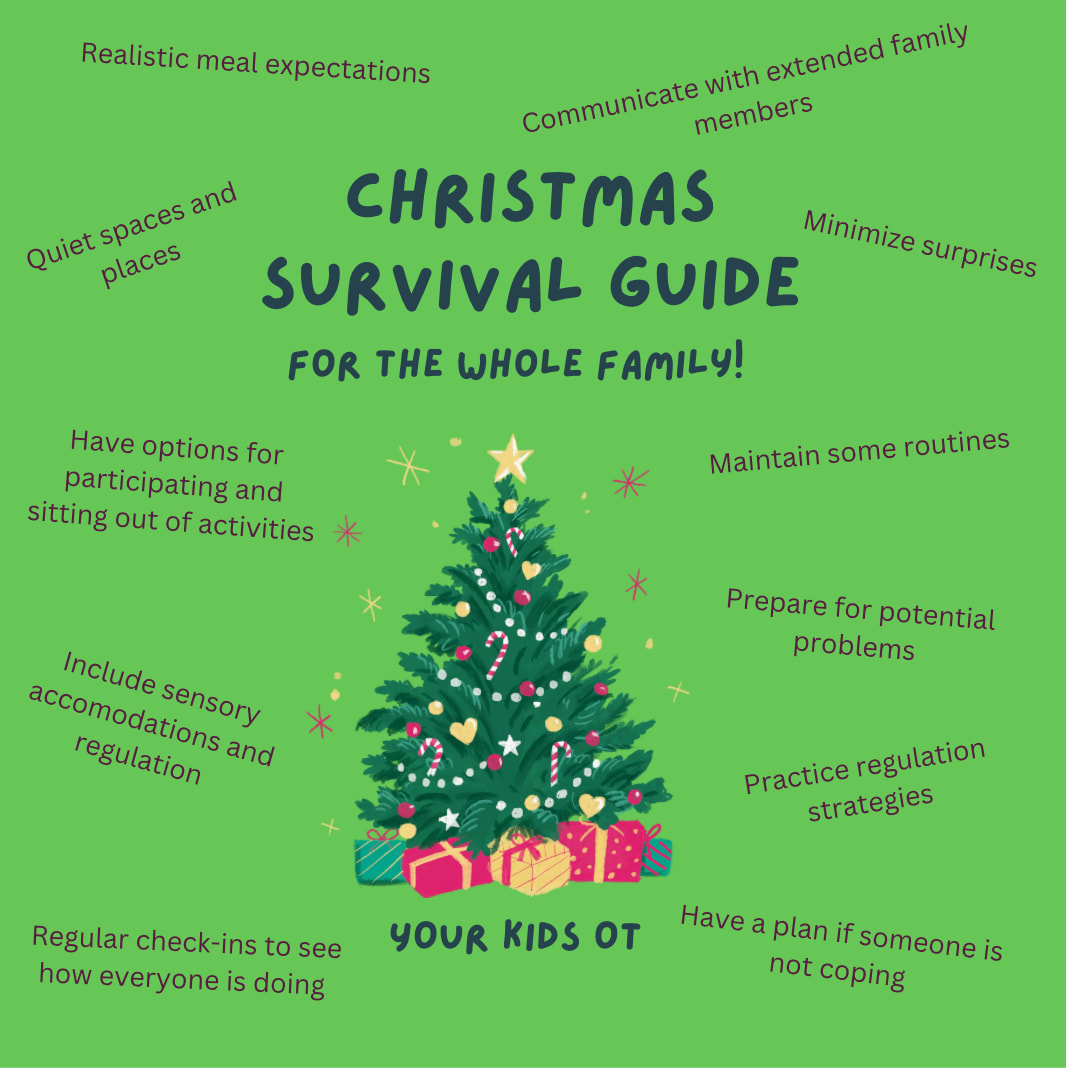
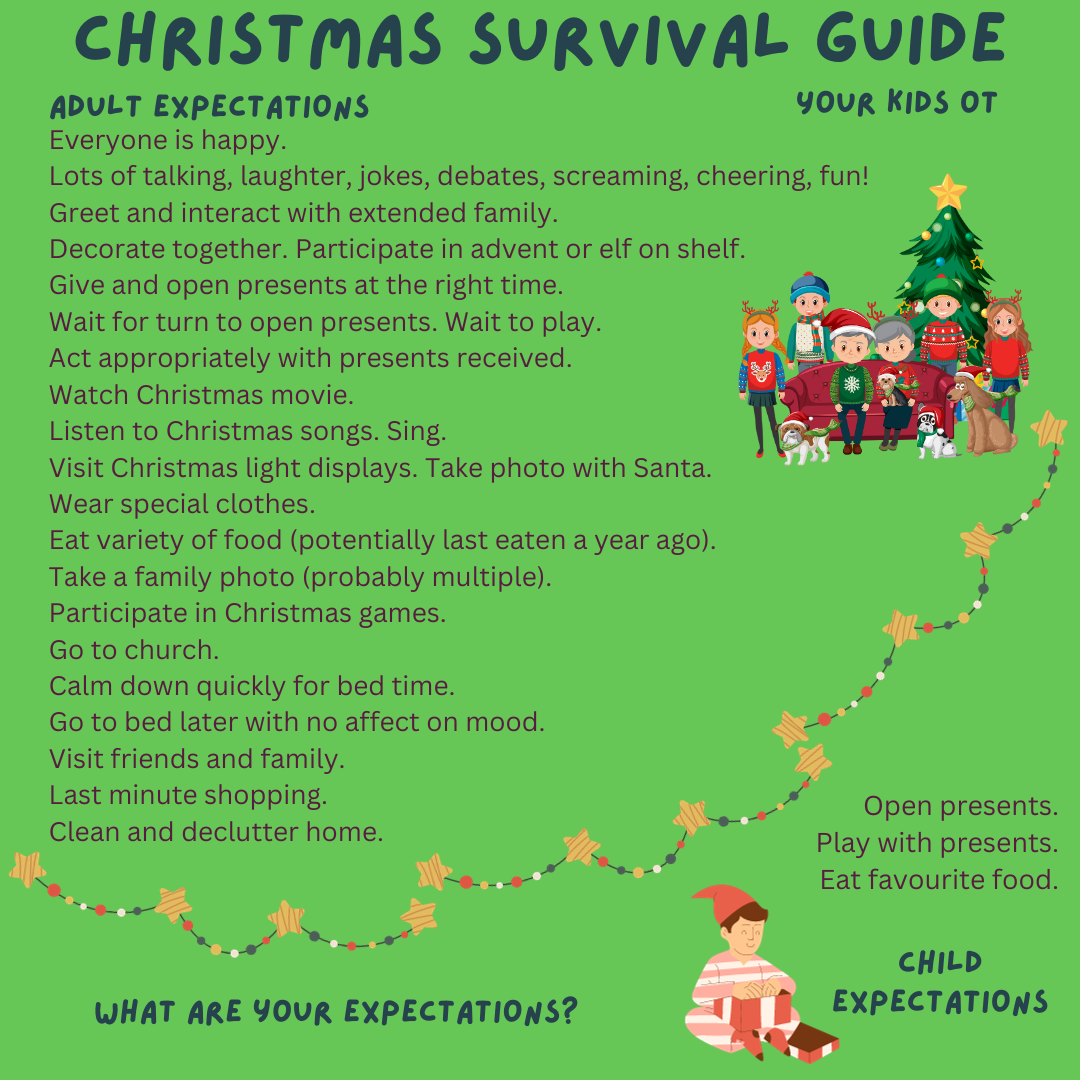
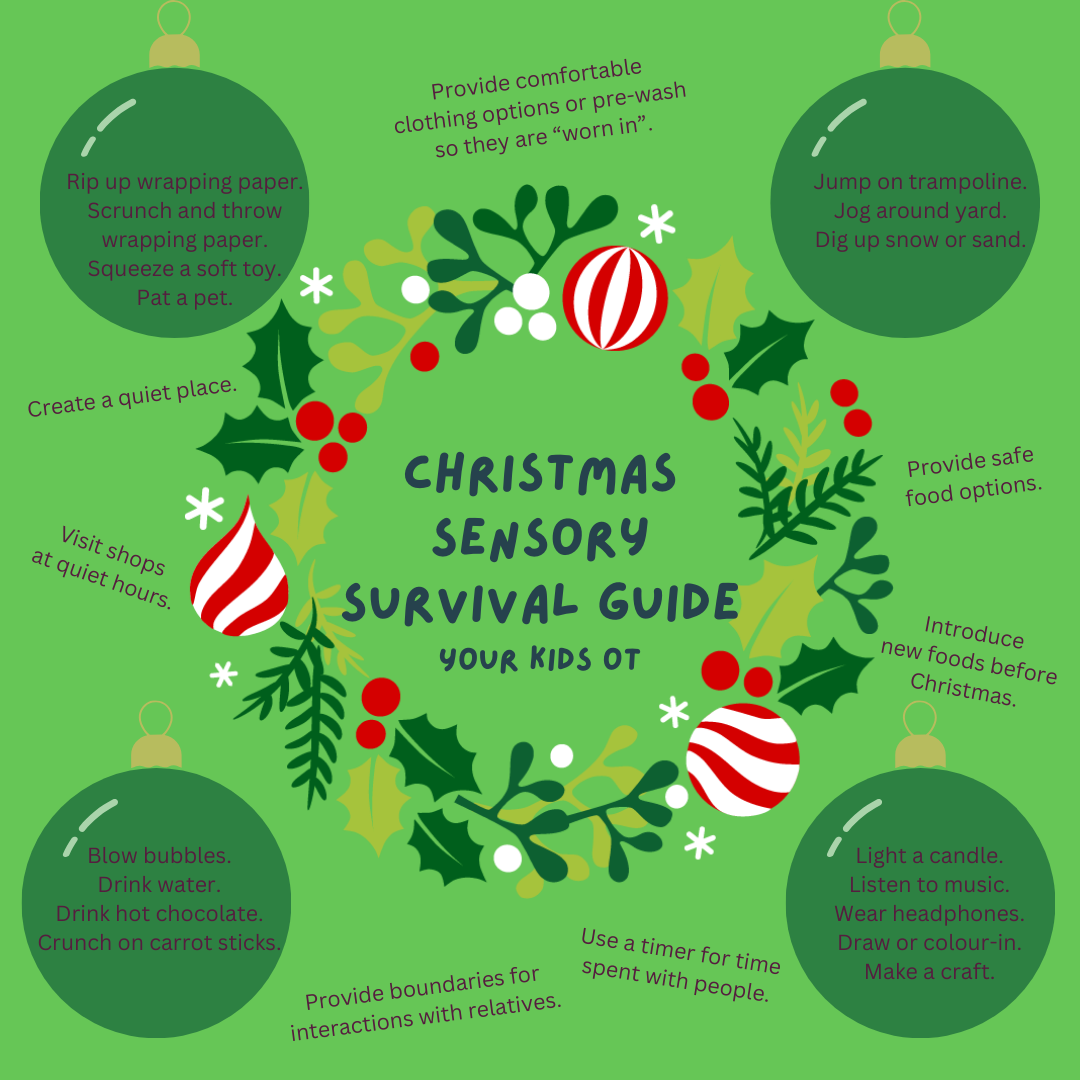

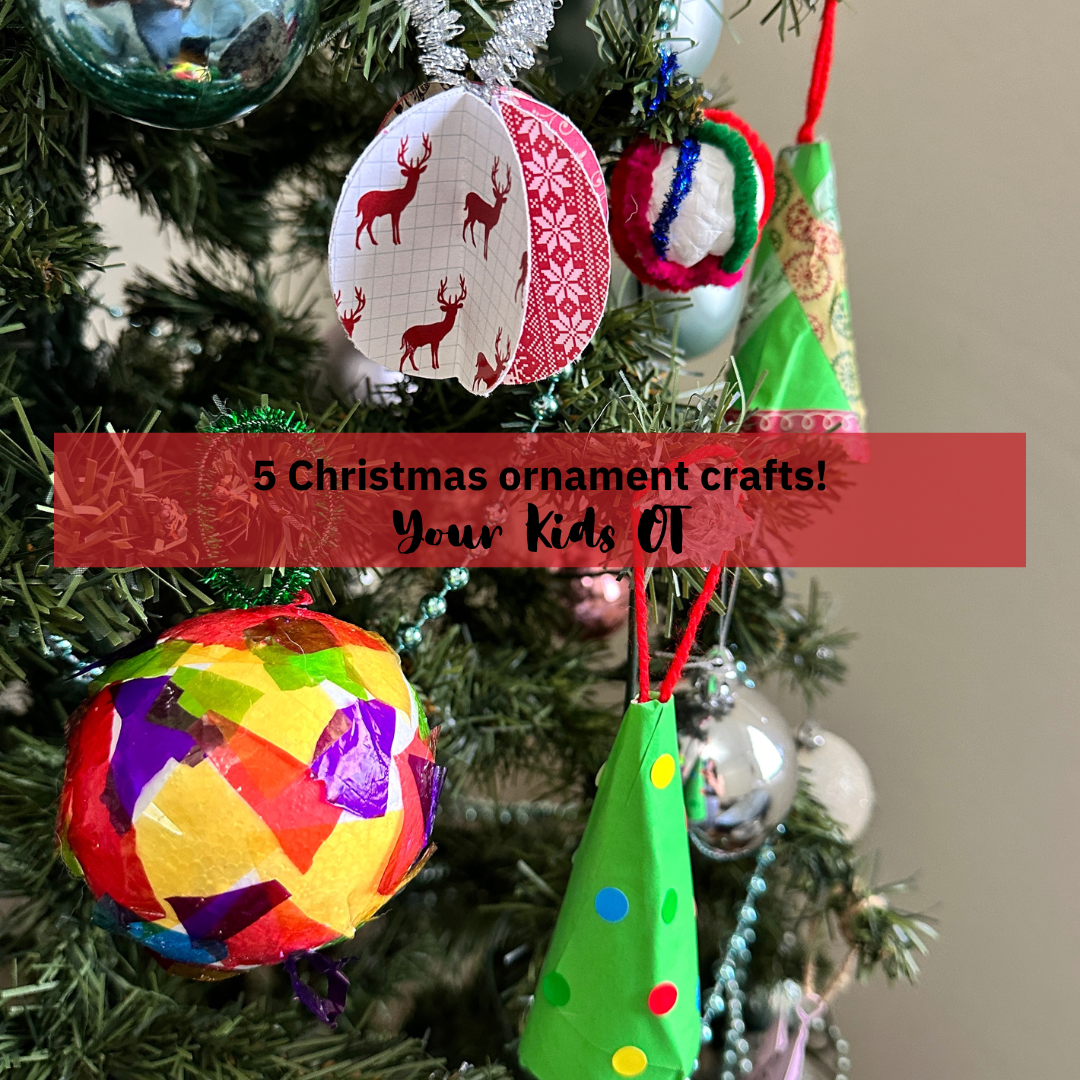
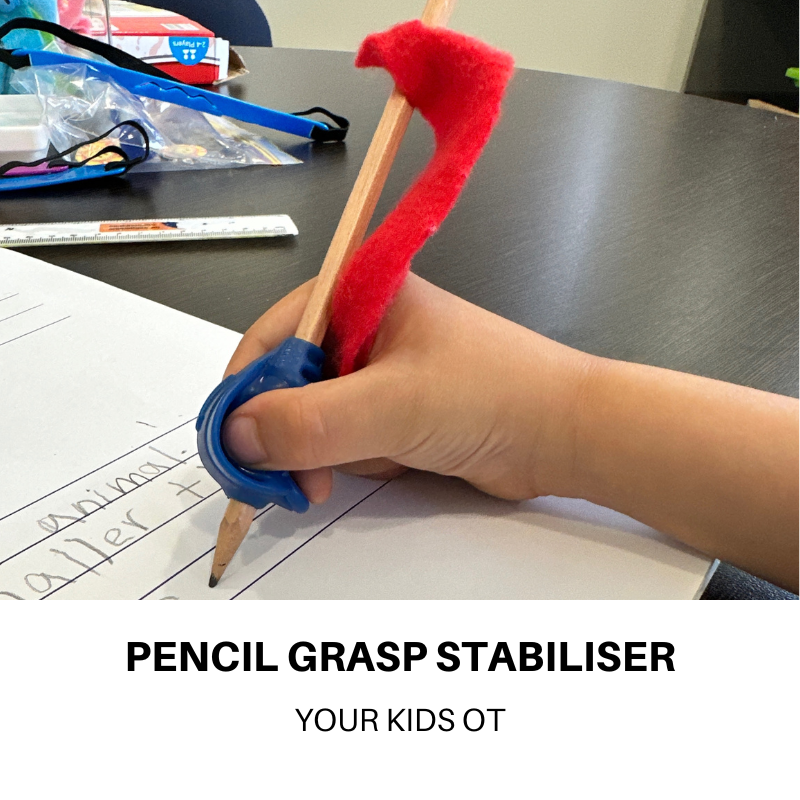
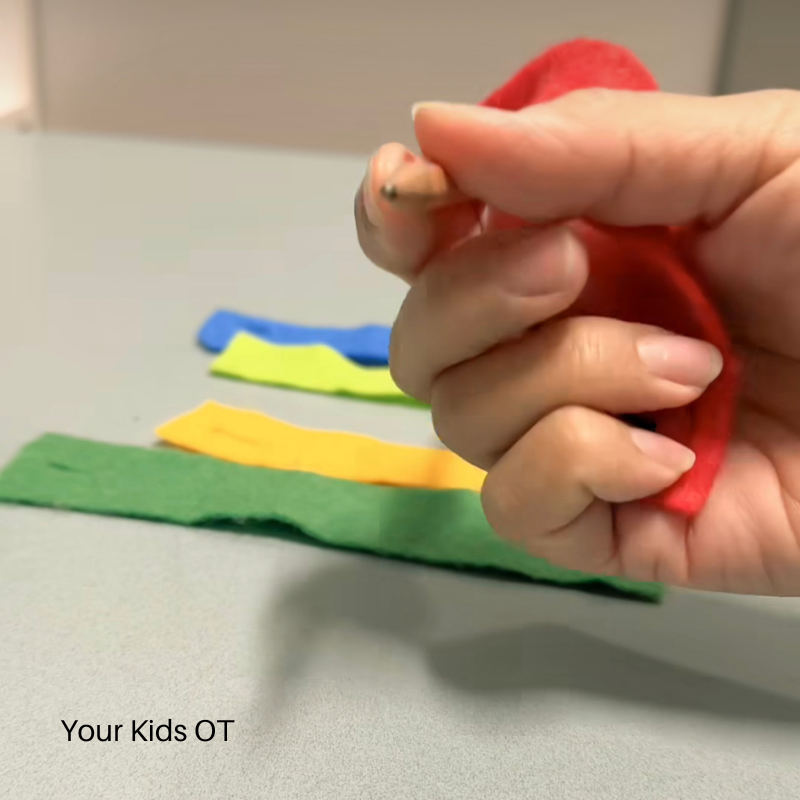
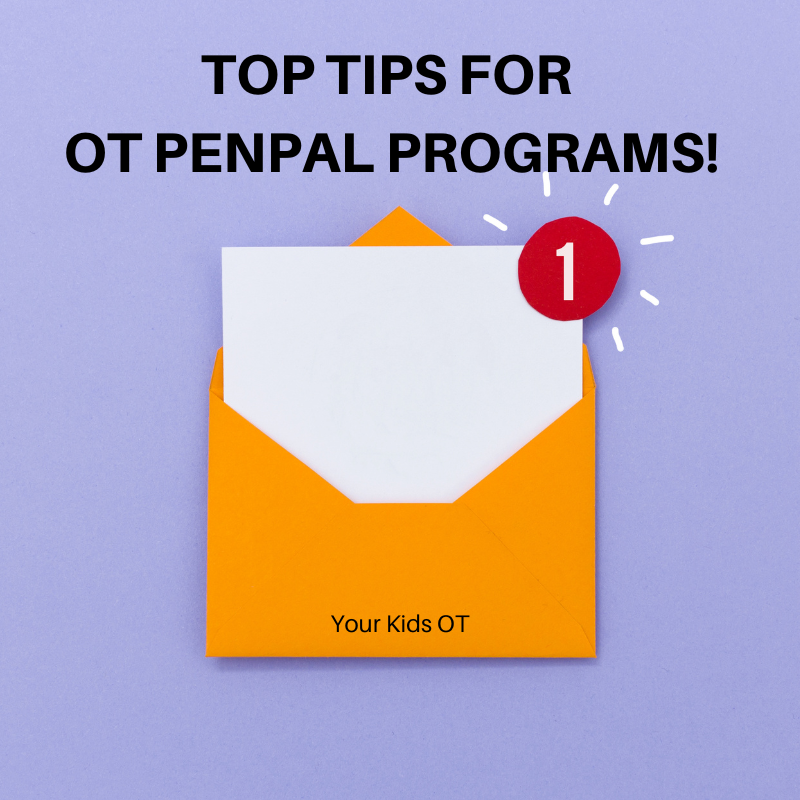
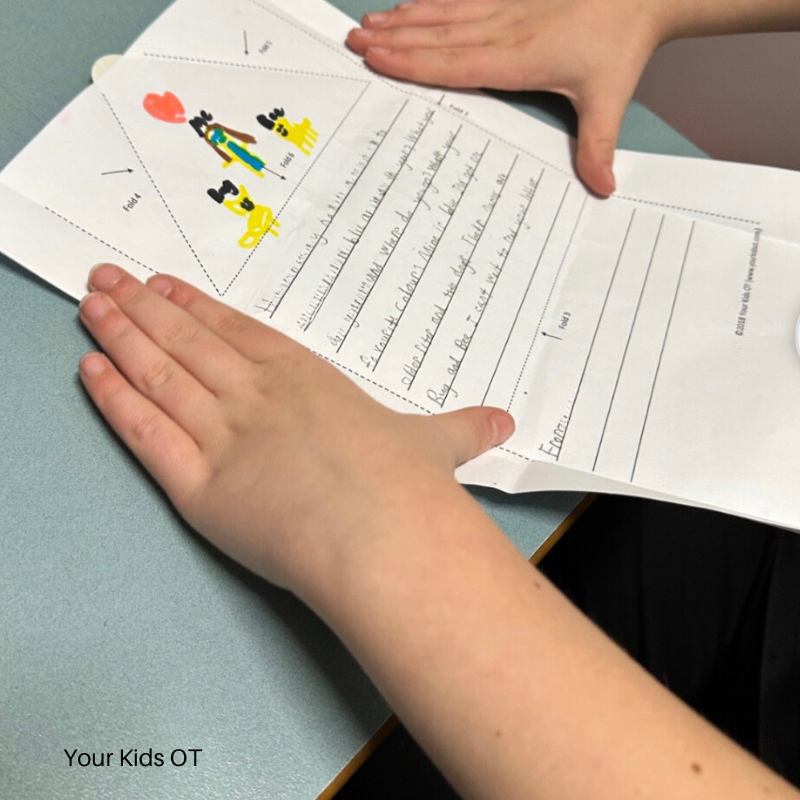
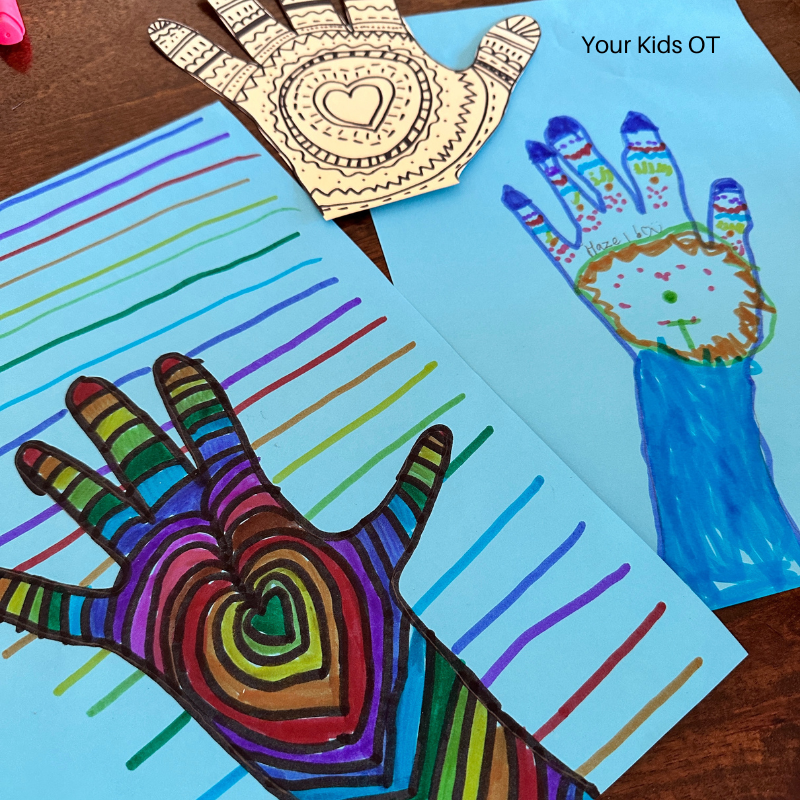
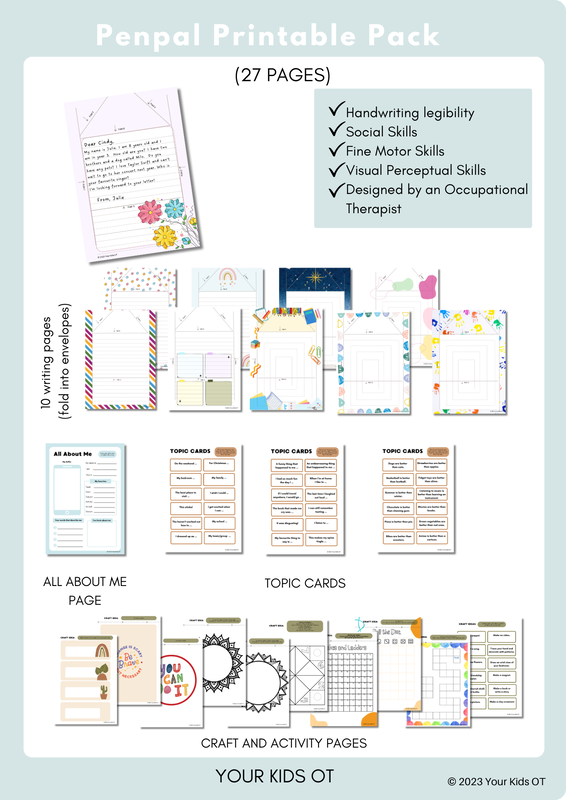
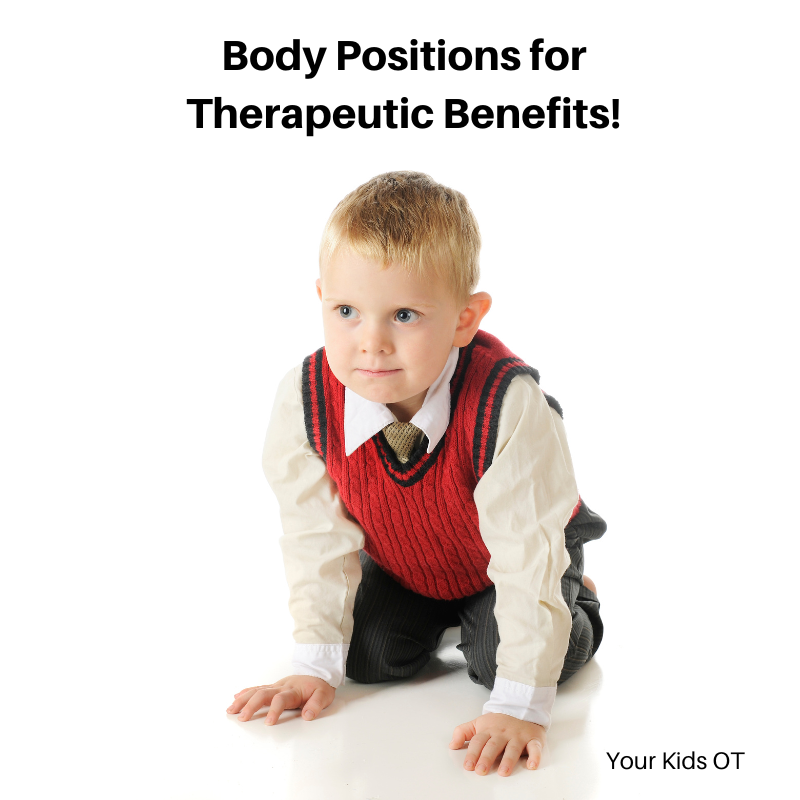
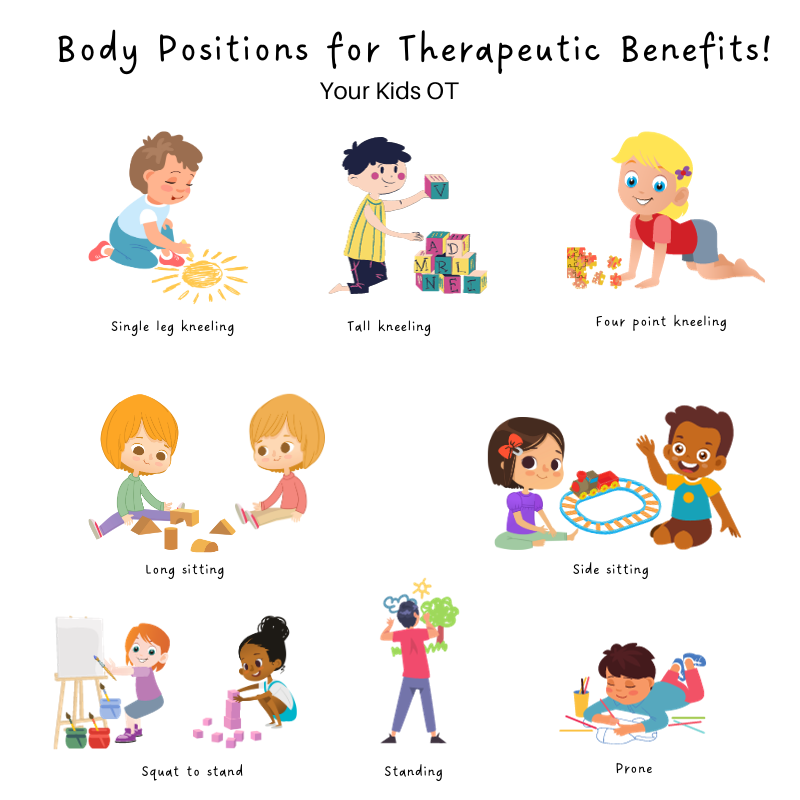
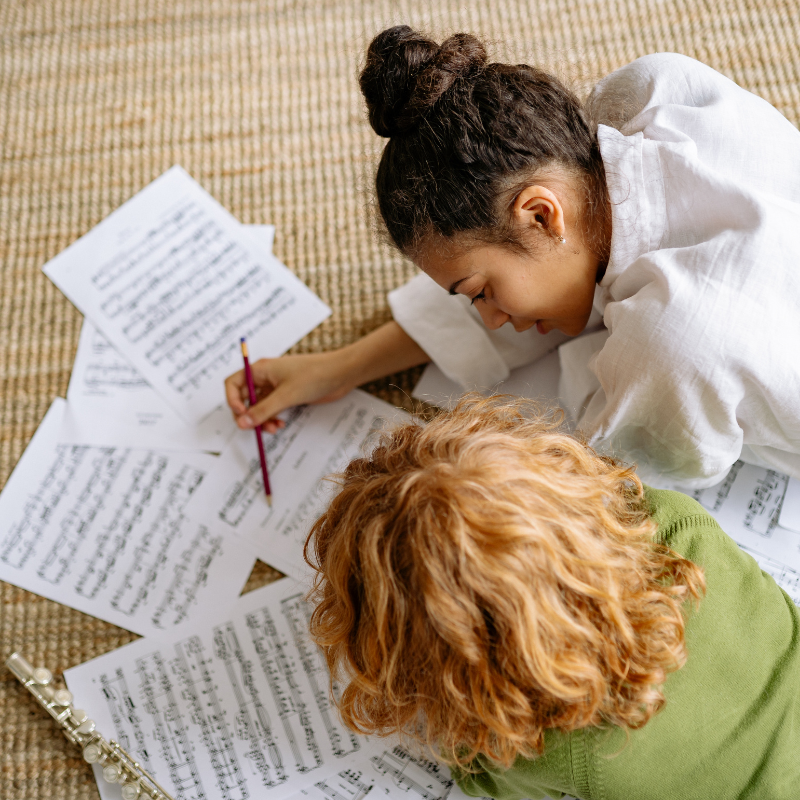
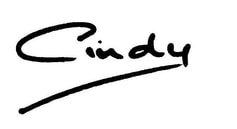
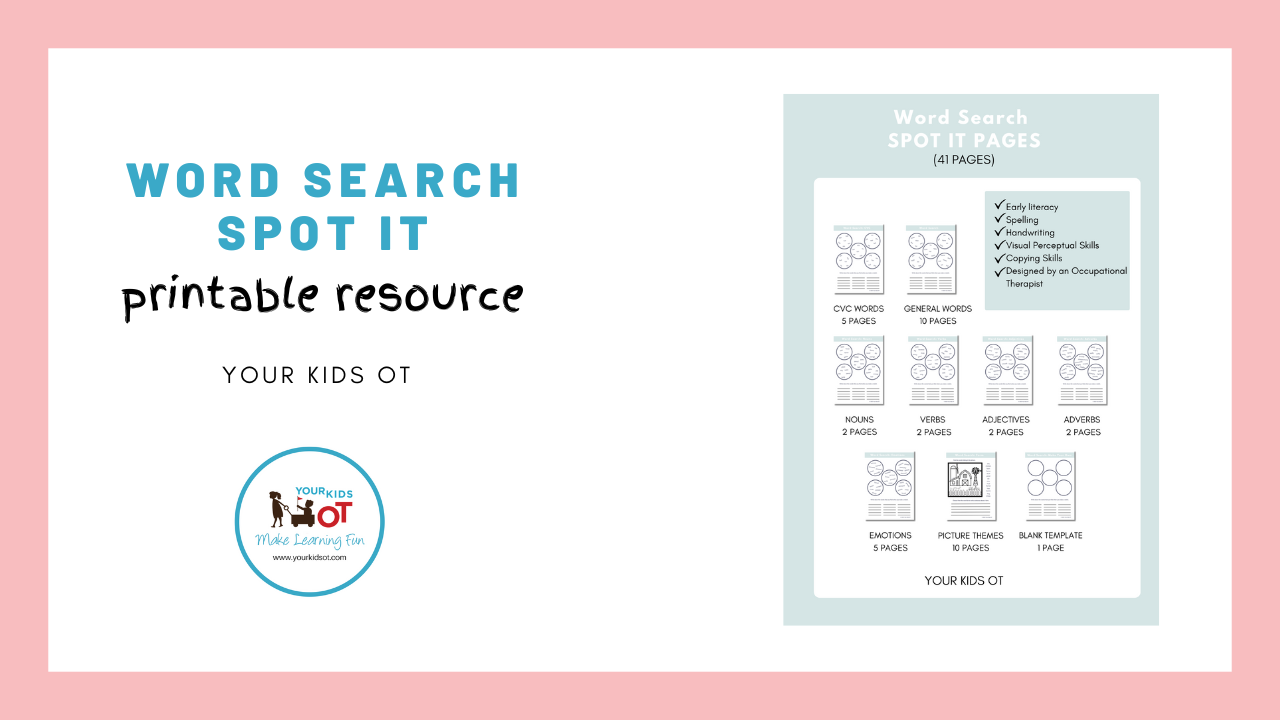

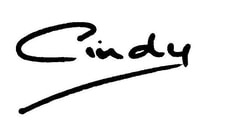
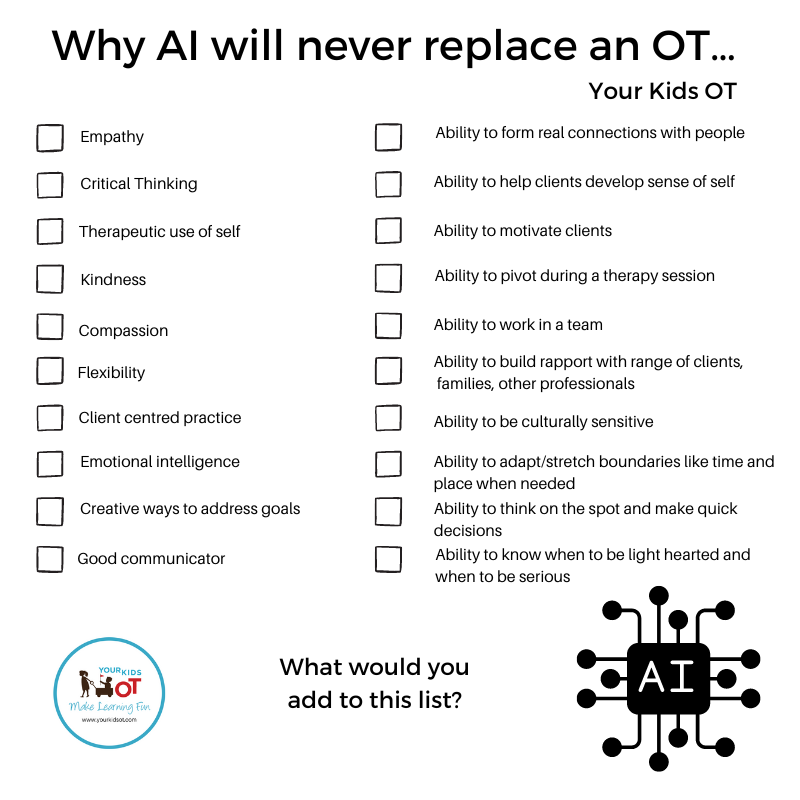
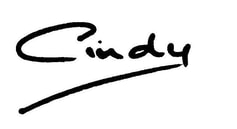
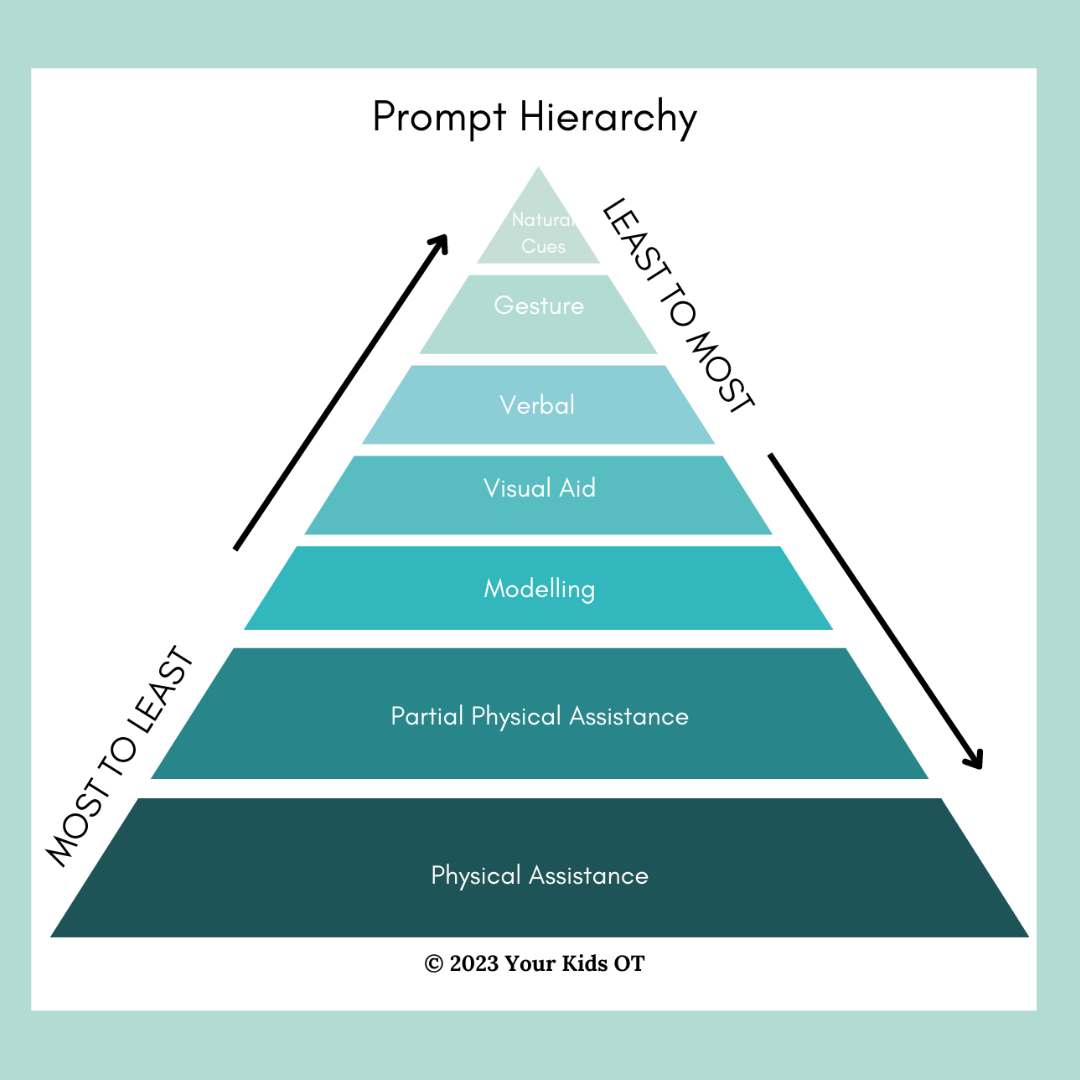
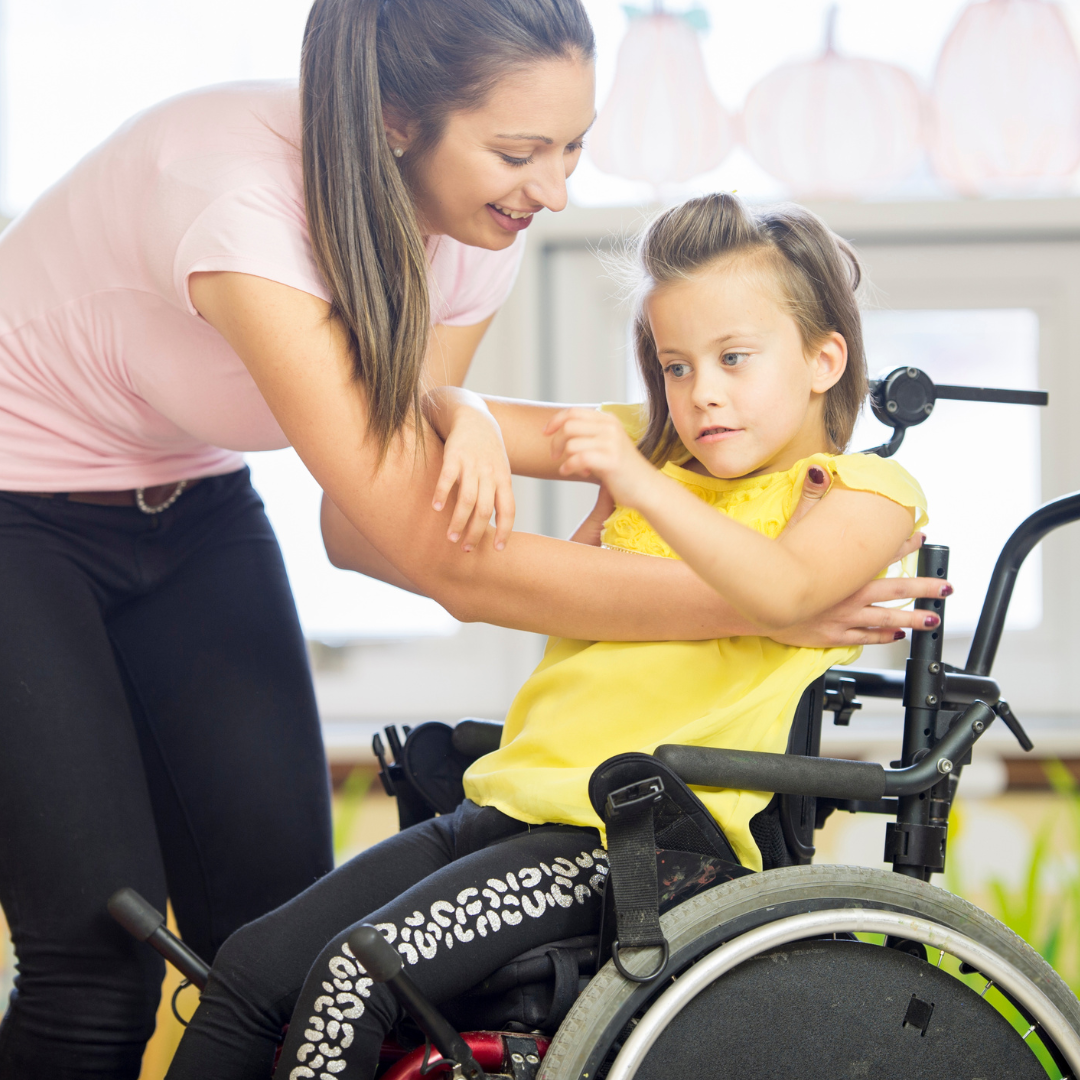

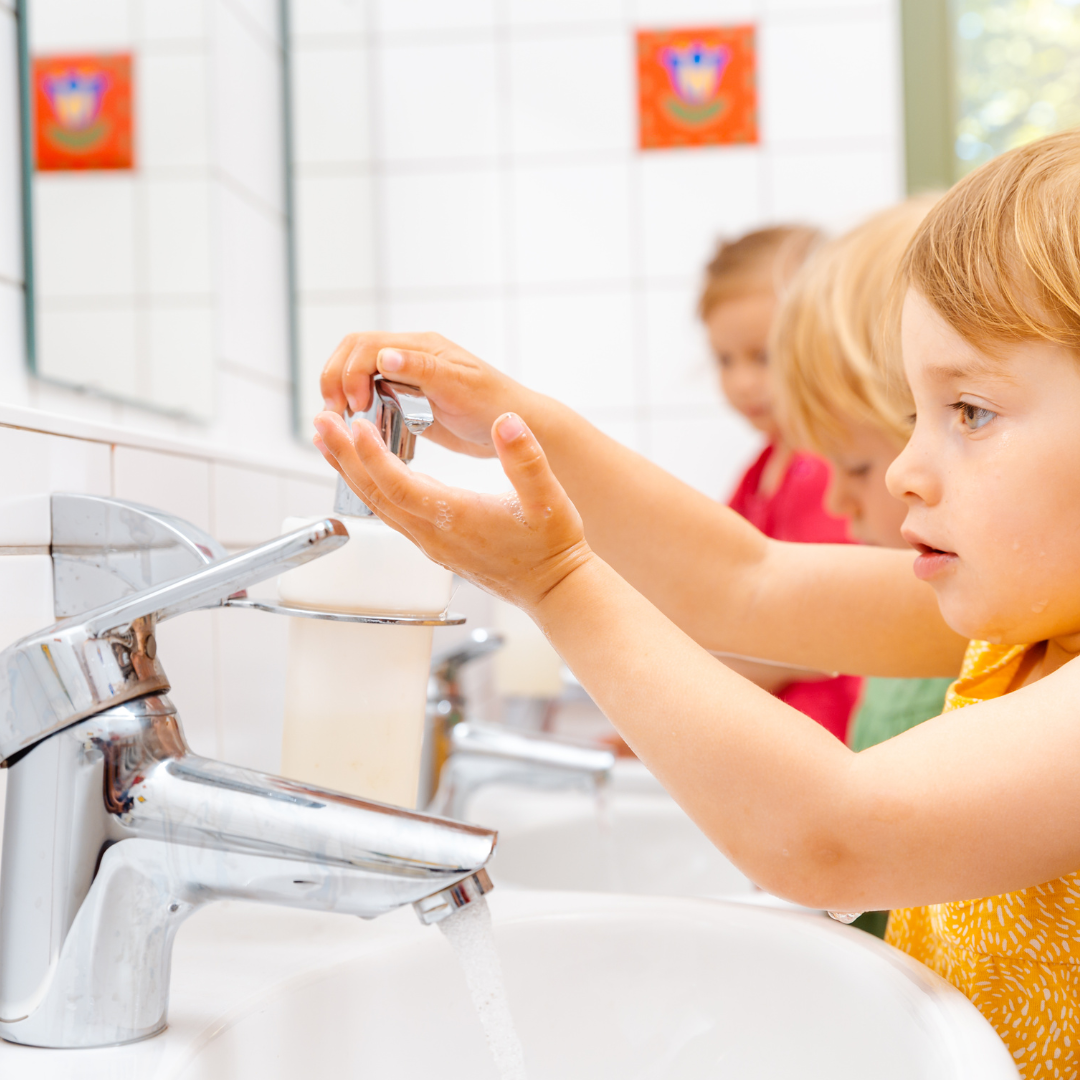
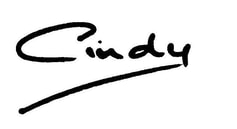
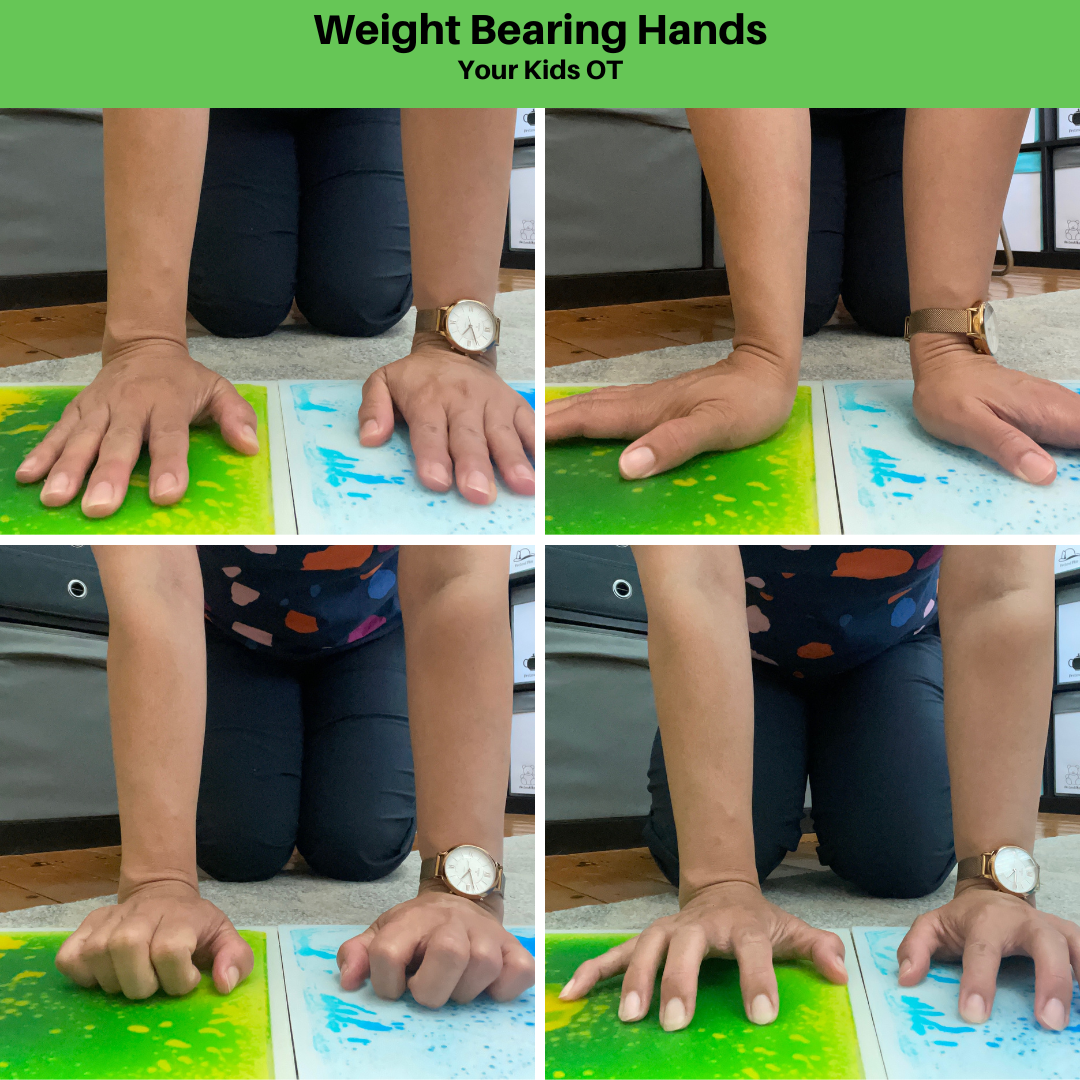
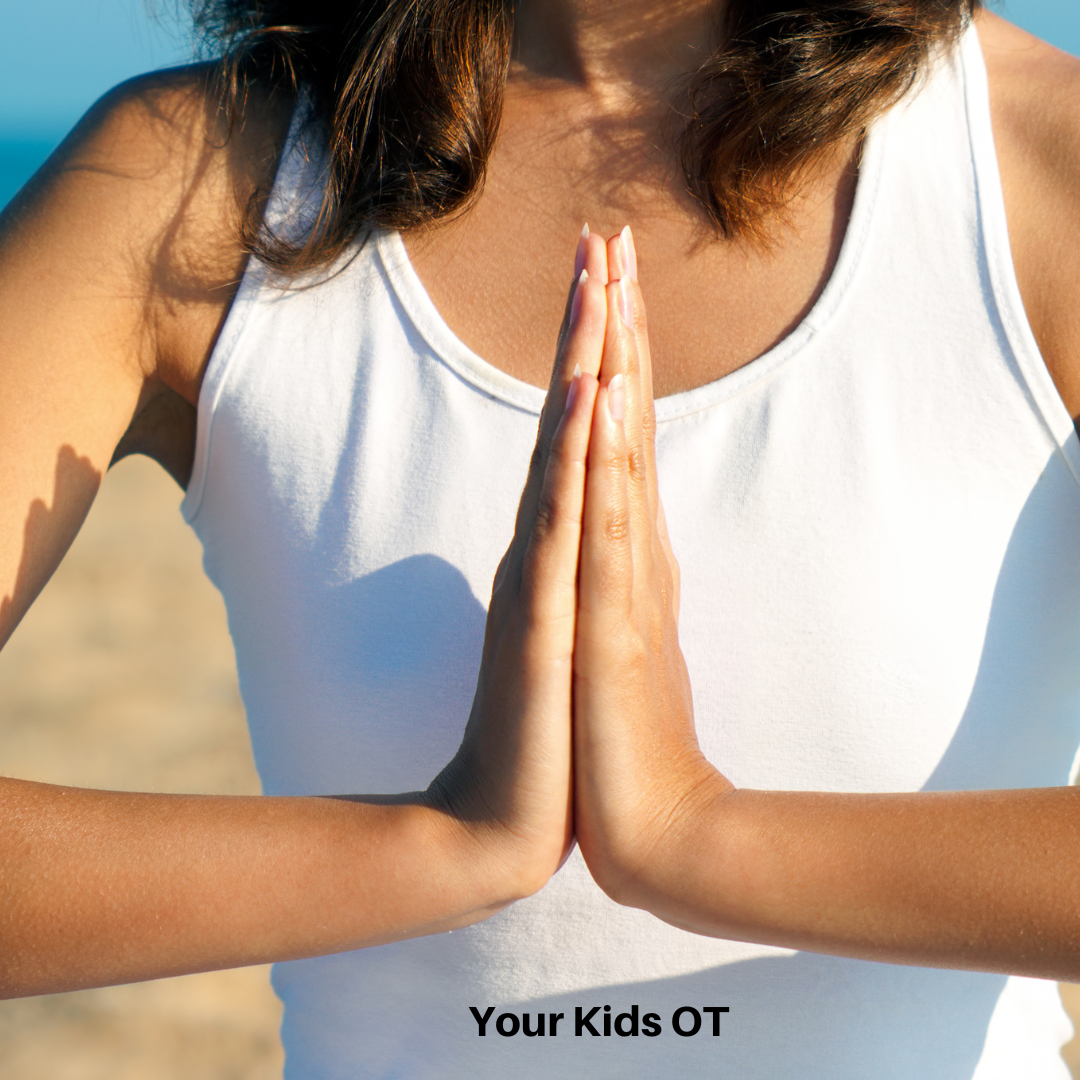
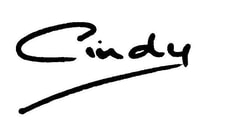
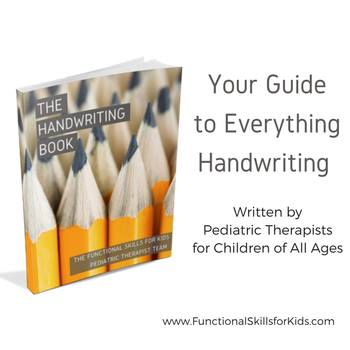
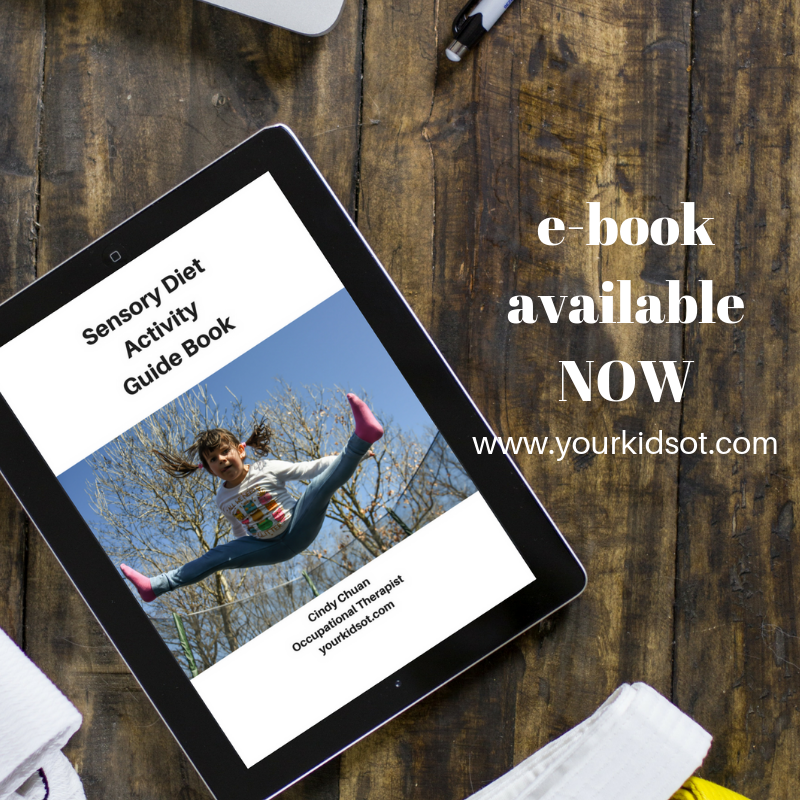
 RSS Feed
RSS Feed
